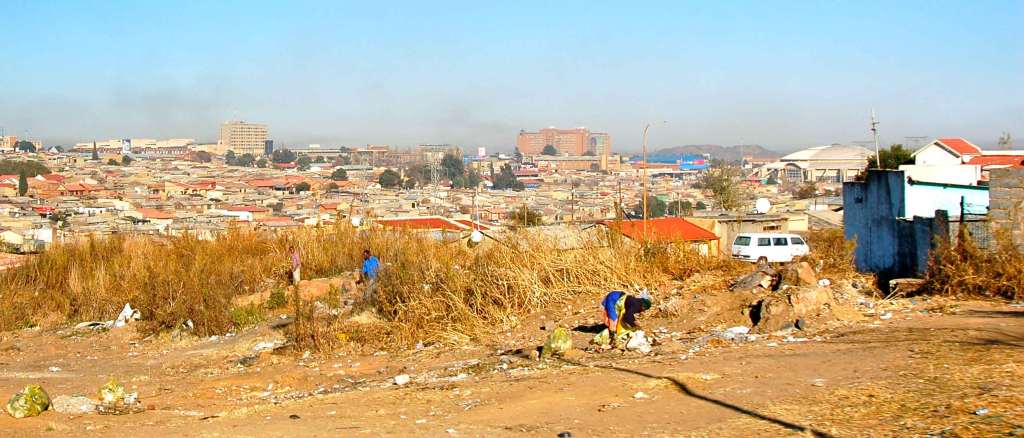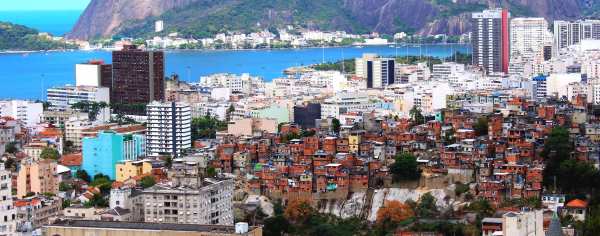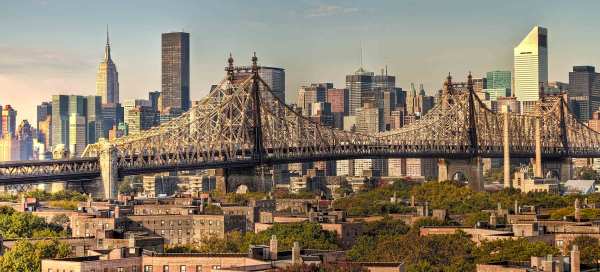 Flickr user: Jessica Eriksson
Flickr user: Jessica ErikssonSouth African cities illustrate how urban policies can be effectively implemented but also destructive to the communities they should be serving.
During apartheid, the government used local bylaws, spatial plans, and infrastructure projects to build physical and social barriers to separate people and communities by race and class. And despite two decades of democratic rule, these barriers still largely exist today. In fact, more than ever, South Africa’s urban centers represent a tale of two cities—where historically white areas are far better served than historically black ones.
Using housing policy, the new South African government has worked to reverse many of the divisions created by apartheid. Indeed, more than 3 million homes have been built since 1994—an achievement globally recognized as a model for the rest of the Global South.
Yet this effort has failed to reverse race and class divisions in the country. Housing backlogs have increased significantly and the number of households living in shacks or other informal dwellings has increased from 1.3 million to 1.9 million. Many of these citizens are deprived of basic services, tenure security, meaningful participation in policy decisions and civic life, and ultimately a right to the city.
A significant number of those who have received homes through government programs are not much better off. Government-subsidized housing has been built in underdeveloped suburbs that are situated far away from the economic activity of historic city centers, mimicking apartheid class and race divisions and exacerbating inequality as urbanization accelerates across South Africa.
While inadequate government policy is a factor, excessive profiteering in land and property markets is increasingly one of the foremost drivers of this inequality in South Africa’s cities. The end of apartheid rule came at a time when neoliberalism and the embrace of globalization in international policy circles were at an all-time high. Strong political and economic forces both within and outside South Africa called for deregulation, for the primacy of the free market, and for shifting economic controls and the provision of public services from the public sector to the private. As a result, the desire to protect private property became widespread, and even today the state rarely intervenes in urban land and housing markets.
The consequences are increasingly evident. Well-located public land is sold to the highest bidder with no attempt to capture social value. What little affordable housing does exist is threatened by unchecked gentrification. For example, Cape Town—where half of households live on less than $230 a month—has the third-highest annual property price growth rate in the world. The city is second only to the Hamptons in New York in the number of seasonal high-net-worth second-home owners.
An unregulated property market and global demand for real estate with high returns have picked up where apartheid left off, further exacerbating racial and class divisions in South African cities.
There are, however, hopeful signs of resistance. Dissatisfaction with urban governance has introduced a new kind of politics. These are not political party politics, they do not conform to the traditional forms of voicing dissatisfaction within the comforts of a traditional political channels and structures, and they ask difficult questions with no easy answers.
As urban policy makers, nonprofits, academics, and others converge in Quito for Habitat III, finding ways to support these movements must be a priority. The lessons from South Africa are clear: Urban policy—no matter how progressive—can succeed only if it incorporates urban justice and equality. Even if doing so presents opposition, equality in cities relies on a social justice approach to urban development.




